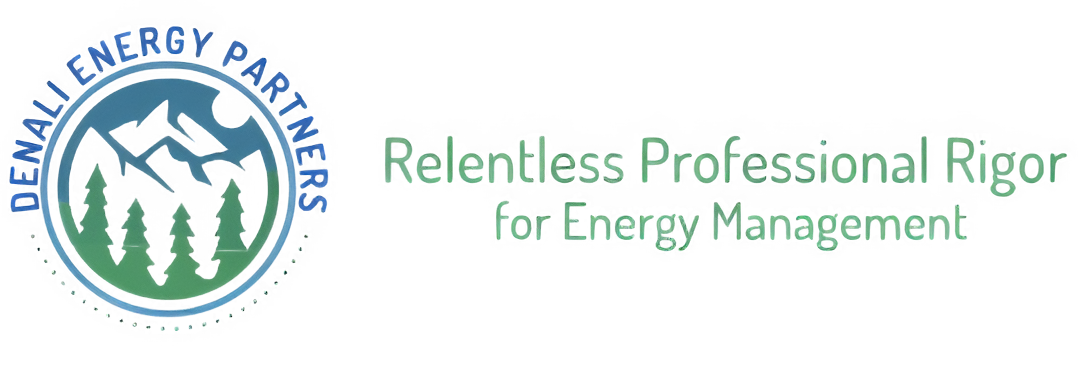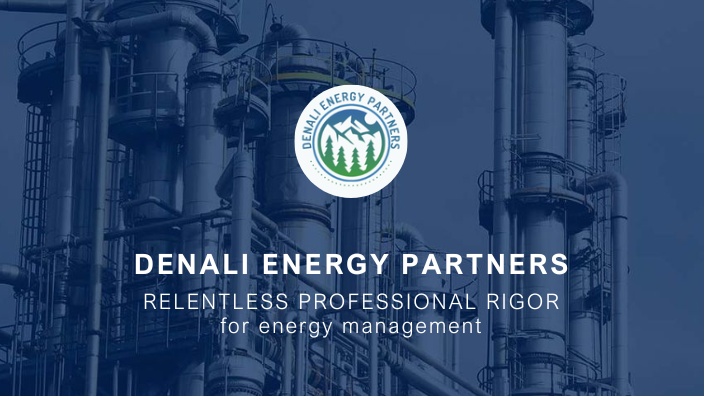How to Achieve Energy Savings in Industrial Parks
Denali-ep
| 11 de octubre de 2024
How to Achieve Energy Savings in Industrial Parks
Energy savings in industrial parks is a topic of vital importance today. It’s not only about reducing operational costs but also contributing to environmental protection and complying with increasingly strict regulations. In this article, we will explore various strategies and technologies to achieve more efficient energy consumption in these industrial spaces.
Understanding Energy Consumption
Main Sources of Consumption in Industrial Parks
Industrial parks consume large amounts of energy in areas such as lighting, heating, ventilation, air conditioning (HVAC), and the operation of heavy machinery. Identifying these sources is the first step in implementing energy-saving strategies.
Factors Affecting Energy Consumption
The type of industry, the size of the facilities, and the technologies used are some factors that influence energy consumption. Understanding these factors helps design specific measures for each case.
Energy Audits
What Is an Energy Audit?
An energy audit is a detailed analysis of energy use within a facility. It identifies areas where efficiency can be improved, leading to reduced energy consumption.
Benefits of Conducting an Energy Audit
Conducting an energy audit helps detect inefficiencies, propose solutions, and significantly reduce operational costs in the long term. It also aids in compliance with environmental regulations.
Technologies for Energy Savings
Efficient Lighting
Using LED lighting and lighting control systems can reduce energy consumption by up to 80%. These systems adjust light intensity based on real needs, preventing energy waste.
Energy-Efficient Equipment
Modernizing industrial equipment with energy-efficient models can lead to substantial savings. More efficient machines not only consume less energy but also tend to have a lower environmental impact.
Energy Management Systems
Energy management systems allow real-time monitoring and control of energy usage, optimizing consumption and detecting inefficiencies.
Energy Management Strategies
Monitoring and Controlling Energy Use
Implementing continuous monitoring systems helps identify consumption patterns and energy-saving opportunities. These tools enable real-time energy adjustments.
Preventive Maintenance
Regular maintenance of equipment and energy systems is essential to ensure efficiency. Properly maintained equipment consumes less energy and has a longer lifespan.
Employee Training and Awareness
Employee training in energy-saving practices is crucial. Building a culture of energy efficiency within the company ensures that everyone contributes to the common goal.

Implementing Renewable Energy
Solar Panels
Installing solar panels allows companies to harness a clean, renewable energy source. Industrial parks with large surfaces can generate a significant portion of their energy through these systems.
Wind Energy
In areas with favorable wind conditions, wind energy is an excellent option. Wind turbines can provide sufficient energy for various industrial operations.
Biomass
Biomass is a renewable energy source that uses organic materials such as agricultural or forestry residues. This option is especially useful in industries related to agriculture or wood.
Process Optimization
Improving Industrial Processes
Reviewing and optimizing industrial processes can identify areas where energy consumption can be reduced. This includes upgrading machinery and implementing more efficient technologies.
Automation and Smart Control
Process automation enables more precise and efficient control of energy consumption. Intelligent systems automatically adjust operational conditions to maximize efficiency.
Use of Sustainable Materials
Recycled and Recyclable Materials
Using recycled and recyclable materials in the construction and operation of industrial parks reduces the demand for resources and the energy needed to produce new materials.
Eco-Friendly Facility Design
Designing facilities with eco-friendly criteria, such as optimizing natural light and ventilation, contributes to lower energy consumption and a healthier work environment.
Policies and Regulations
National and International Regulations
Energy regulations vary by country, but they all aim to reduce energy consumption and promote the use of renewable sources. Compliance with these regulations is essential to avoid penalties and take advantage of incentives.
Government Incentives
Many governments offer financial incentives to companies that implement energy-saving measures. These can include subsidies, tax credits, and financing programs.
Success Stories
Examples of Industrial Parks Implementing Energy-Saving Measures
Various industrial parks worldwide have successfully reduced their energy consumption by implementing efficiency technologies and strategies. These cases serve as inspiration and models for others.
Benefits of Energy Savings
Cost Reduction
Energy savings translate directly into reduced operational costs, making companies more competitive and allowing them to allocate resources to other areas.
Positive Environmental Impact
Reducing energy consumption decreases the emission of greenhouse gases and other pollutants, contributing to environmental protection.
Challenges in Implementation
Economic Barriers
The initial investment in energy-saving technologies can be high, representing a barrier for many companies. However, the long-term benefits usually justify this investment.
Resistance to Change
Resistance to change is another common challenge. Implementing new technologies and strategies requires a cultural shift within the organization, which can be difficult to achieve.
The Future of Energy Savings in Industrial Parks
Technological Innovations
Technology is constantly advancing, offering new opportunities to improve energy efficiency. The adoption of these innovations will be key to the future.
Future Trends
Future trends point towards greater automation, the use of artificial intelligence for energy management, and an increase in the use of renewable energy.
Conclusion
Achieving energy savings in industrial parks is an attainable goal with the right strategies and technologies. From energy audits to the implementation of renewable energy, every step counts. It is crucial for companies to take action, not only for economic benefits but also for the well-being of the planet.
What are the primary sources of energy consumption in industrial parks?
The main sources of energy consumption in industrial parks include lighting, HVAC (heating, ventilation, and air conditioning), and the operation of heavy machinery. Additionally, equipment like pumps, motors, and compressors also contribute to significant energy use.
How can an energy audit help reduce costs in industrial parks?
An energy audit identifies inefficiencies in energy usage within the facilities. By analyzing energy consumption patterns and pinpointing areas for improvement, the audit helps suggest changes that can lead to reduced energy waste, lowering operational costs.
What renewable energy options are best suited for industrial parks?
Industrial parks can benefit from renewable energy sources like solar panels, wind energy, and biomass. Solar panels are ideal for facilities with large roof areas, while wind energy is suitable for locations with strong wind conditions. Biomass can be useful for industries with access to organic waste materials.
What is the role of employee training in energy conservation?
Employee training is crucial in promoting energy-saving practices. By raising awareness and teaching workers how to reduce energy consumption, companies can ensure that all employees contribute to energy-saving initiatives, improving overall efficiency.
What challenges do companies face when implementing energy-saving technologies?
Some challenges include the high initial cost of energy-efficient technologies, resistance to change within the organization, and the time required for training and adapting to new systems. However, long-term savings and compliance with regulations often outweigh these challenges.




